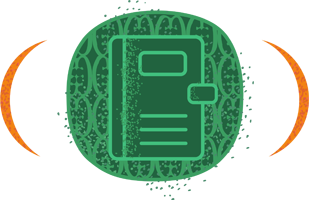 South African Journal of Geomatics
South African Journal of Geomatics
Journal / South African Journal of Geomatics /
Vol. 4 No. 3 (2015) / Articles
Spatial data infrastructures (SDIs) are meant to facilitate dissemination and consumption of spatial data, amongst others, through publication and discovery of spatial metadata in geoportals. However, geoportals are often known to geoinformation communities only and present technological limitations which make it difficult for general purpose web search engines to discover and index the data catalogued in (or registered with) a geoportal. The mismatch between standard spatial metadata content and the search terms that Web users employ when looking for spatial data, presents a further barrier to spatial data discovery. The need arises for creating and sharing spatial metadata that is discoverable by general purpose web search engines and users alike. Using folksonomies and semantic annotations appears as an option to eliminate the mismatch and to publish the metadata for discovery on the Web. Based on an analysis of search query terms employed when searching for spatial data on the Web, a taxonomy of search terms is constructed. The taxonomy constitutes the basis towards understanding how web resources in general, and HTML pages with standard spatial metadata in particular, can be documented so that they are discoverable by general purpose web search engines. We illustrate the use of the constructed taxonomy in semantic annotation of web resources, such as HTML pages with spatial metadata on the Web.
Journal Identifiers
eISSN: 2225-8531





